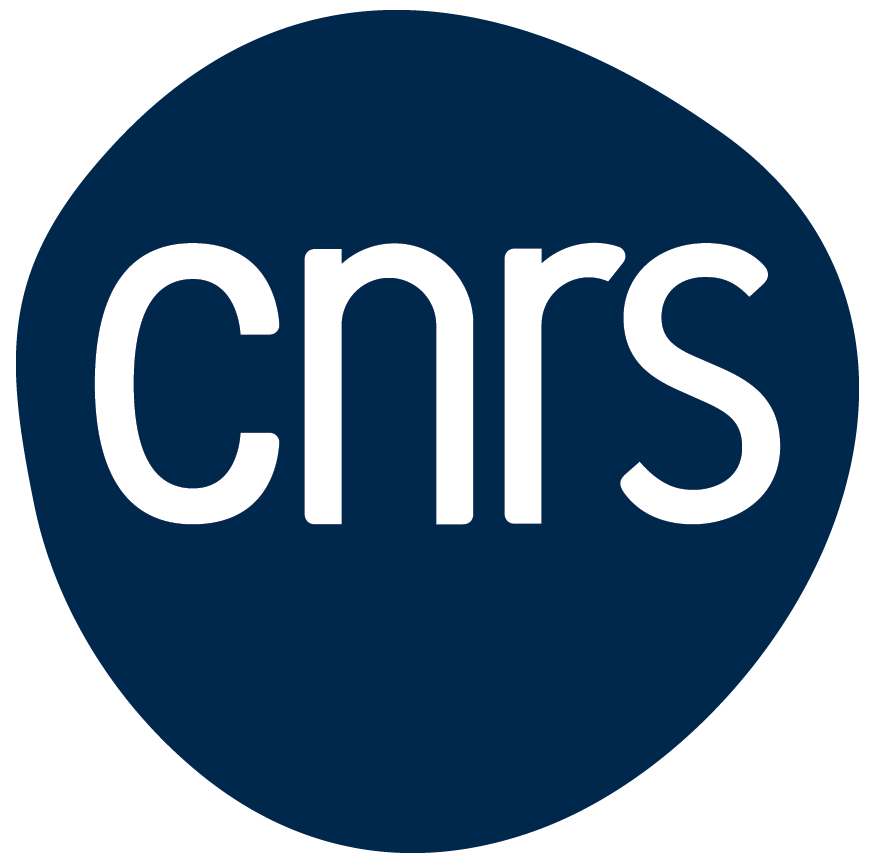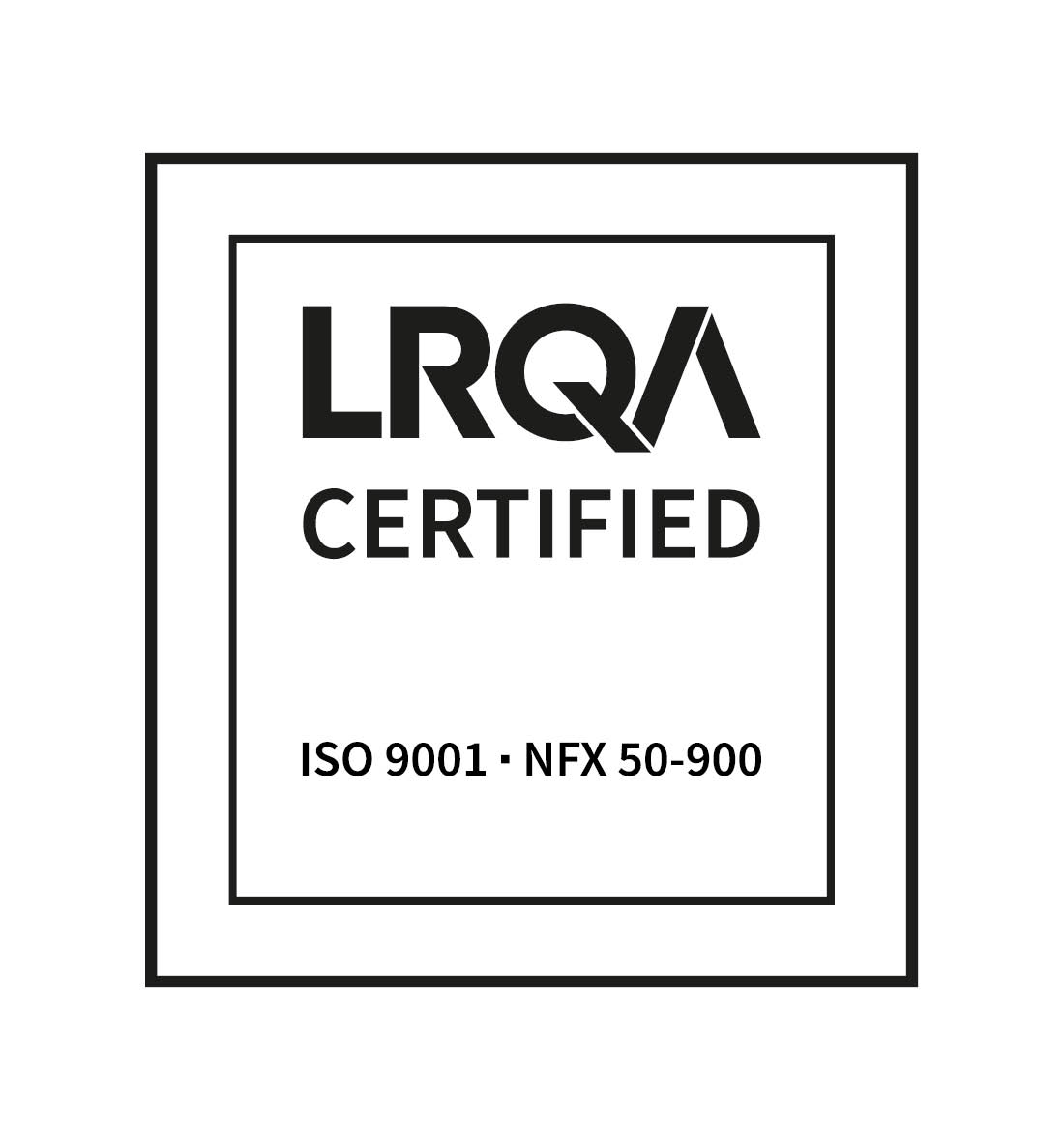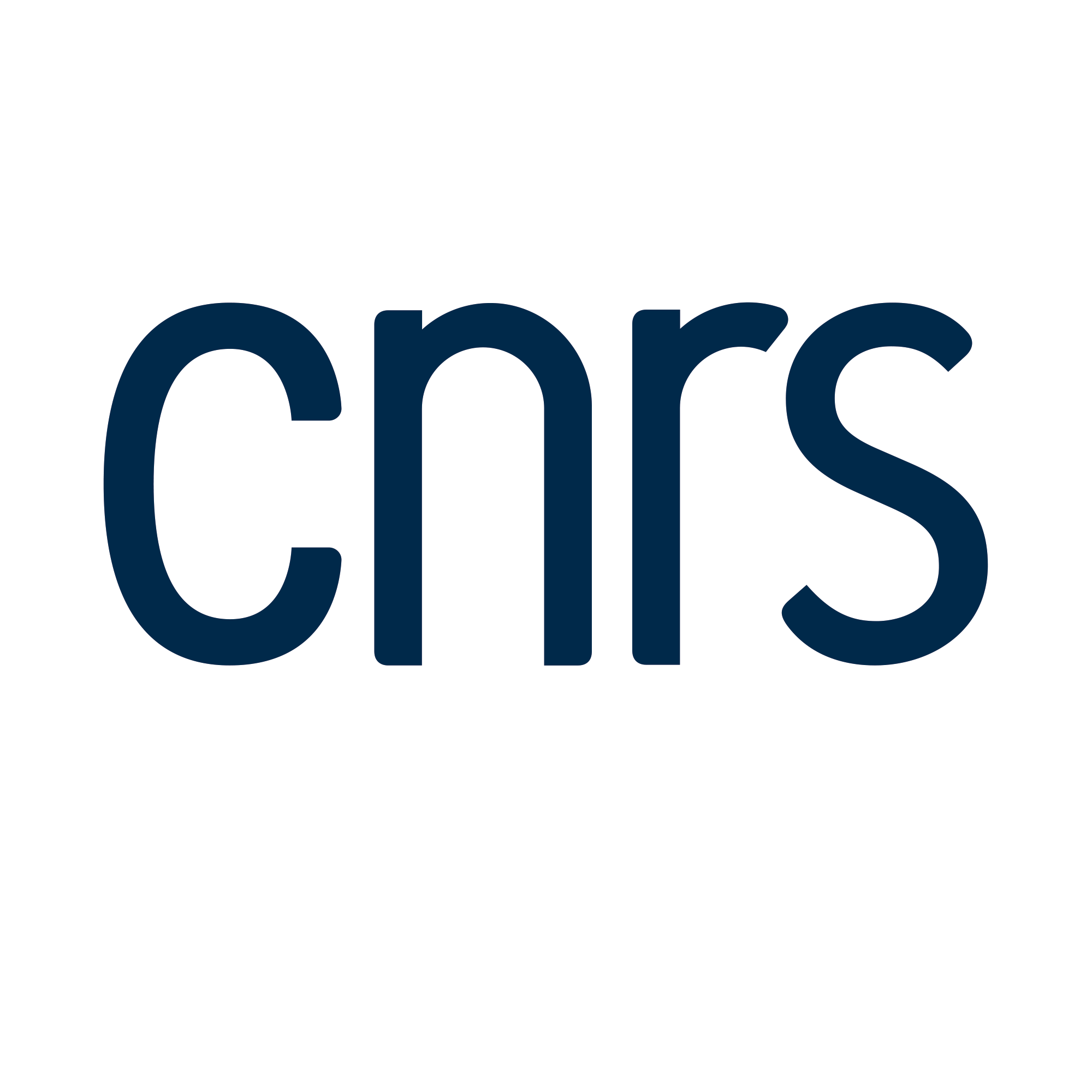A multi-site approach to implementing the 3Rs in policies and practice
European Directive 2010/063EU and its transposition into French legislation
PHENOMIN partners operate in accordance with the European Directive 2010/063EU and its transposition into French legislation (European Directive 2010/063EU, French decree “Décret n° 2013-118” relative to the protection of animals used for scientific purposes):
- The animals we work with have been bred in our own facilities or by certified breeders.
- Animal facilities: our institutes have official licences, issued by the official regional veterinary surgeon (DDPP – Direction Départementale de la Protection des Populations – Departmental Direction of the Protection of Populations), for taking care of animals, breeding them and implementing protocols. Housing conditions are standardised and in compliance with regulations to ensure the animals’ welfare.
- Staff: all the technicians have received specific training in animal care.
Ethical principles
Respecting the European directive also implies that we work in accordance with ethical principles :
In 1959, Russel & Burch developed the renowned concept of the 3 Rs in order to protect animals used for scientific purposes:
- Replacement: methods which avoid or replace the use of animals.
- Reduction: methods which minimise the number of animals utilised per experiment.
- Refinement: methods which minimise suffering and improve animal welfare.
HBA – Harm-Benefit Analysis: the main objective of this analysis is to establish a balance between
- The benefit that we expect from an experiment, such as a scientific result which may be beneficial for humans, animals or the environment.
- The harm: animal distress, side effects, for example.
To replace, the TAAM :
- Provides help and raises awareness in the choice and/or design of the best model for a research project.
- Makes sure that other in-vitro models, (molecular or cellular), have been used beforehand.
To reduce, the TAAM :
- Centralises and coordinates both the freezing and rapid cryo-recovery of murine lines in order to limit, as far as possible, conserving the lines in breathing format (live animals).
- Supervises and rationalises the generations of animal cohorts to avoid reproducing models which already exist, to limit animal production on the national scale and to streamline pipeline studies of them.
- Develop non- or minimally-invasive, modern, functional analyses which make longitudinal monitoring possible: ultra-sound scanning, photo-acoustic imaging and fluorescence to track the cell line.
We are participating in the development of a means of reducing the number of animals used, and to improve quality control, in determining the capacity of a mutant mouse line to recover after cryo-preservation. A recent PHENOMIN publication describes a new technical approach commonly used in PHENOMIN projects (Blastocyst genotyping for quality control of mouse mutant archives: an ethical and economical approach. Transgenic Res. 2015; 24(5): 921–927. F Scavizzi et al.,2015)
To refine, the TAAM :
- Continues to improve rodents’ breeding and housing conditions with regard to their physiology and socialisation behaviour.
- Reduces the use of invasive protocols by deploying non-invasive methods such as imagery.
- Ensures training and transfer of the best professional practices in order to define “end of experimentation”.
Ethics committees and project authorisation
All TAAM projects involving animals have received approval from our ethics committees and an authorisation from the Ministry of Research.
Projects are assessed according to the principles of the 3Rs and HBA (Harm-Benefit Analysis), with particular attention to refinement (use of anaesthetic, of analgesics if necessary, respect of good practices).
Animal Welfare Bodies
Project authorisations are delivered before starting a project. Once underway, projects are monitored on site by our Animal Welfare Bodies, AWB.
The other core tasks of the AWB consist in: guiding the research teams, responding to concerns of ethics and animal welfare, visiting the animal facilities to confirm protocols are being performed correctly and to develop long-term ethical procedures. It is in this way that the AWB intervene proactively in improving living conditions for the animals.


